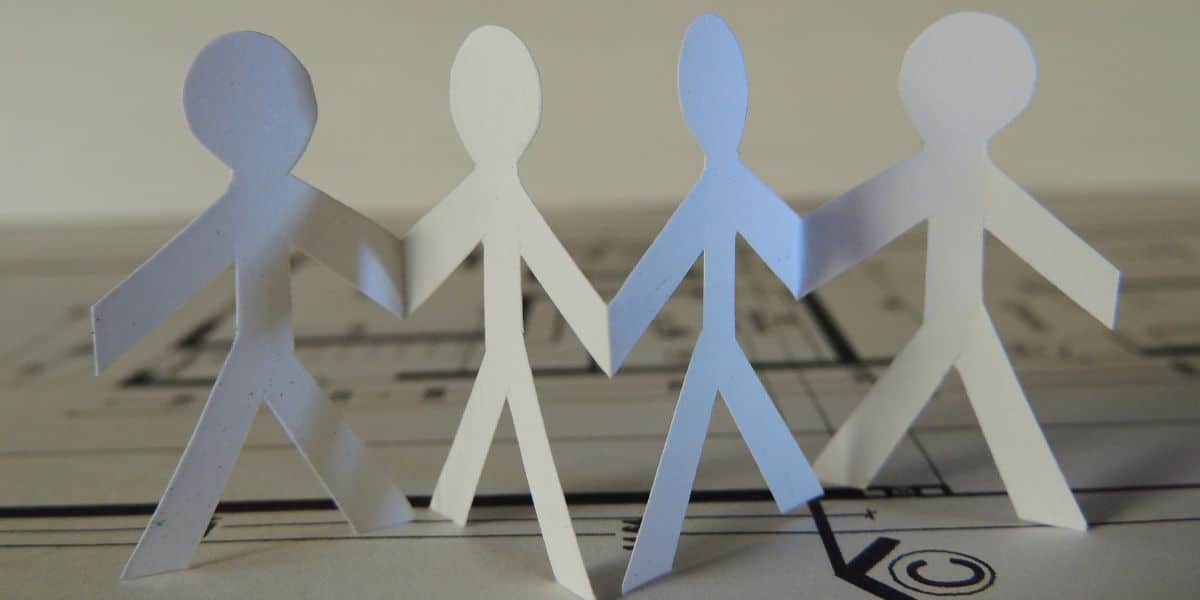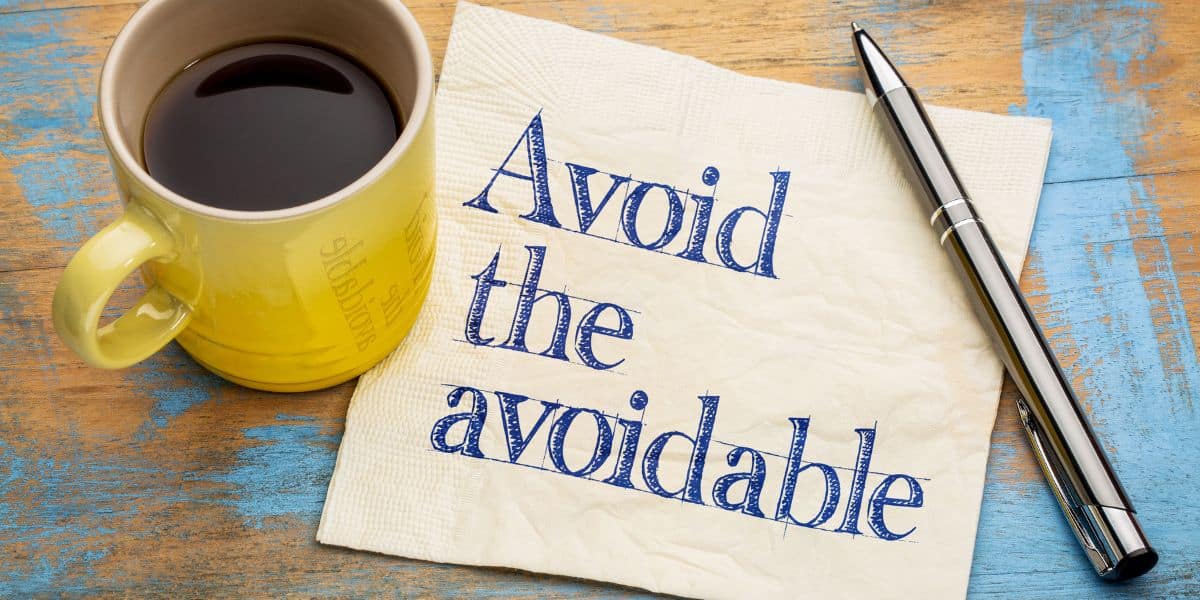There are some books that are common reading among almost every young company. The Lean Startup by Eric Ries, and the follow-up book Why the Lean Startup Changes Everything by Steve Blank are two of my favorites. Both authors encourage startups to put customer discovery into the development of a business from an early stage.
But why is that customer discovery so important? You have a great idea. Why not build it?
Customer discovery helps you validate your ideas. It can save you loads of wasted time and money. It can keep you from chasing dreams that don’t answer anyone’s problems other than your own.
What is Customer Discovery?
I’ve often seen the customer discovery process likened to the scientific method. When you’re a founder, it’s almost impossible for you to see your business in the same way that your customers do. That allows for a lot of room for bias to creep in, both in how you ask your questions, and in the answers that you’ll accept.
Developing a process is critical to avoiding bias when conducting customer interviews. Much like the scientific method, you’ll want to follow a set pattern:
- Observe/question
- Research
- Form a hypothesis
- Test the hypothesis
- Analyze the data
- Report and act on conclusions
Now let’s translate this method into customer discovery:
- Who are my customers?
- What do they want?
- Will they like my solution?
- Do I have enough resources (time, money) to build this thing?
- Will anyone else be interested in using my product?
- How do I scale my product?
Each of these questions has some dedicated, critical steps to finding their answers. The first step to any of this is to build a customer persona.
What are Customer Personas?
A customer persona is a written example that represents a large portion of your audience, based on data.
What’s that? You don’t have customer data? This is a common problem for young startups. In this case, you’re going to have to make some assumptions, and then challenge those assumptions when you start getting enough customers to do so.

When you think about your product, you probably have an image in your head of someone using it. What do they look like? How old are they? What sorts of things are they interested in? These are all elements that go into creating a customer persona. Even if your assumptions are flawed, this gives you a starting point.
If you’re fortunate enough to already have some customers, building a persona is an easier task. The folks over at HubSpot have developed a wonderful guide for building personas, all you’ll have to do is plug in your own data. But don’t think that this is a one and done project. Your personas will likely evolve several times over the life of your company. You may even have primary, secondary, and tertiary personas, depending on the different products and use cases.
The other important part to note is that customer personas are not customer discovery. They are a piece of the puzzle, but they are not an answer unto themselves.
Customer Discovery – 5 Whys
Now that you know who your customer is, it’s time to figure out what they want. One way of approaching this problem is a method called five whys. The idea is that someone tells you what they want, and you ask them why they want it. Normally, by the fifth “why,” you’ll find the real problem that a customer is trying to solve.
There is a wonderful example, using the Jefferson Memorial as a subject. The memorial was deteriorating quickly and nobody could figure out the reason. Using the five whys method, it turns out that the root cause was the nighttime lighting schedule.
That’s a big jump, right? Well, no. Here’s the full explanation:
We can apply this same method to finding out the root problem that customers are attempting to solve. A customer may ask you for a feature, but their underlying reason could be a lack of education, hidden UI elements, or something else that is completely different than their solution.
Customer Discovery and Validation
There are times when your customer discovery won’t surprise you, but instead will validate your work. That said, it’s easy to allow your own biases to interfere with educated outcomes. In fact, even the way that you ask your questions could give you bad information. Never ask a customer if they would like a product that you’re already building. They’ll almost always say yes, even if they don’t mean it.
Remember that your customer discovery tools are only as good as the data that you put into them. The process of building personas, then finding a hypothesis of value is backwards from how many startups work. Startups will frequently have an idea and then try to justify the need. The customer discovery process should always start by identifying the problem. Only after the problem is fully identified can we start to devise a solution.
The great news here is that you can use customer discovery to validate far more than an idea. Conducting customer interviews is a great way to get feedback on pricing, usability, and so much more. You may find that your ideas align with what your customers want to see, or you may find valuable information from their feedback. While there’s no harm in hoping for validation, we should never let hope interfere with hearing what our customers are saying.
Avoid the Inevitable
In 2021, CB Insights published a report where they identified the top 12 reasons that startups fail. As you might expect, the top reason is that the company ran out of money. The second most common reason, and only by three percent less than the first, is that there was no market need for their product.
Rounding out the list, we see a large number of companies fail because they lost to their competition. But a nearly identical number failed because they had a flawed business model. Pricing issues, mistimed products, and products that are just bad all have their spots in this list.

What’s startling is how many reasons for failure could have been avoided if the company had only done effective customer discovery.
If these companies had talked to their customers before committing to decisions, they would have known that the market didn’t need their product. They could have found out that their business model wasn’t sustainable, their pricing was out of line, or that their product wasn’t good. When you answer these issues, it’s a safe bet to say that far fewer companies would run out of money.
When we consider that over 90 percent of startups fail within the first five years, the importance of customer interviews, customer personas, and customer discovery becomes clear.
Customer Discovery Tools
There are loads of tools around the Internet to help with the customer discovery process. You’ll find everything from fill-in-the-blank forms to software suites. Which one is right for you is a decision that only your company will be able to reach.
While there are wonderful tools available online, don’t ignore the fact that much of customer discovery happens through conversation. While a platform like Validately or UserTesting can answer many questions for you, there’s nothing quite as powerful as having a customer tell you face to face.

On her blog, Susan Stavitzski spends a lot of time writing about customer conversations and what you can learn from them. In one post, she discusses staid methods like surveys, customer interviews, and focus groups.
Customer discovery is not about finding one method. You should use as many methods as possible to learn about your customers continuously.
Those of us who work in tech will often turn to tech to solve our problems. While it’s often a solid approach, it’s hard to overstate the importance of old-fashioned conversations.
Customer discovery will help you better understand why your product is not only needed, but also desired. It can help you anticipate the challenges you might face going to market, and it can give you a clear picture of what your messaging should be when you do so. It can keep you from making the same mistakes other companies in your industry have made, and it may even convince you that taking a different approach might be more profitable overall.
But customer discovery is just the beginning. After you’ve done your homework, you’d better be ready for customers to tell you your idea sucks. And if you’re willing to take their advice and chuck the entire idea, then go for it! Otherwise, get back to work. Start building a better product—one that your customers will actually want.
Have you learned important lessons from your customers? We’d appreciate it if you would share your experiences in the comments below.

